12 Alternatives to Drywall for Your Renovation
If drywall feels dull, an alternative wall covering can add unique charm


Drywall, aka plasterboard or gypsum board, has long been the go-to for wall construction in American homes. In North America, more than 20 billion square feet of drywall is manufactured annually. That said, just because something is the standard doesn’t mean it’s the only option. These 12 alternatives to drywall can give your renovation a unique twist.
Why Should I Use an Alternative to Drywall?
Before drywall became the norm, most walls were plaster. Drywall rose to popularity because it was a convenient alternative. It’s quick to install, cost-effective, easy to repair, and fire-resistant—everything you’d want in a wall material.
That said, drywall alternatives are sometimes a better option, whether you want to add some interest with an accent wall or combat some of drywall’s common drawbacks. Drywall is susceptible to water damage and can harbor mold. The material is vulnerable to termites that feed on paper, and there are more eco-friendly options on the market.
A local drywall installer can help you choose the right wall material for your home, but here are some of the best drywall alternatives to consider.
1. Plastic Panels
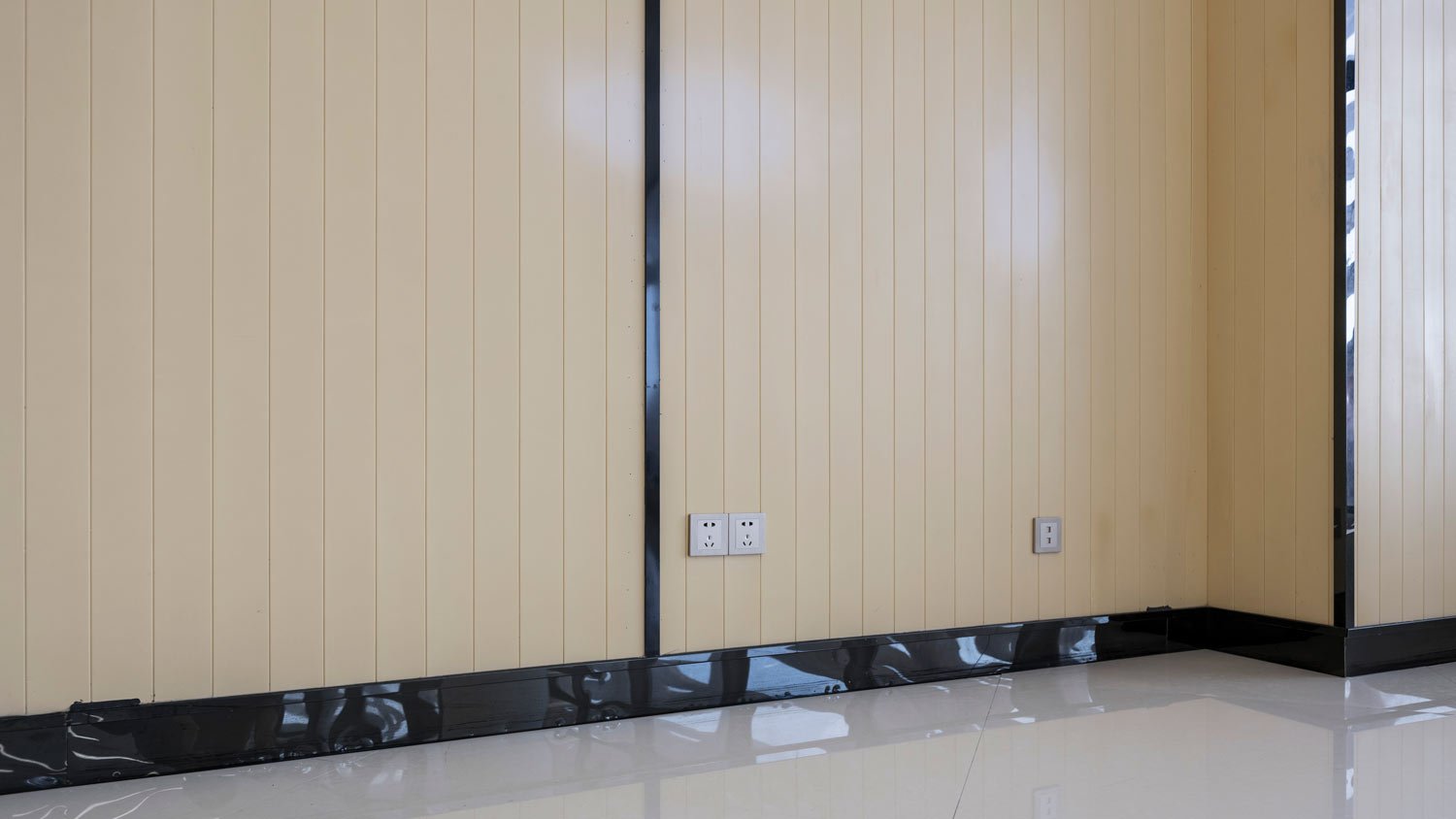
Thanks to their durability and impressive moisture resistance, plastic panels are an ideal drywall alternative for garages and basements. When compared to drywall, these budget-friendly panels shine in areas that aren’t fully insulated or face the elements. You can even use them outdoors.
Plastic wall panels consist of PVC or recycled plant fiber. You can purchase various styles—from basic flat finishes to faux marble tile and decorative slats—or paint them as long as you use the right paint.
| Pros | Cons |
|---|---|
| Highly durable and moisture-resistant | Not fire-resistant |
| Low-maintenance | Not ideal for load-bearing walls |
| Various textures and designs | Not suitable for fireplaces or near stoves |
Best for:
Rooms exposed to high levels of moisture
Garages and basements
2. Barnwood
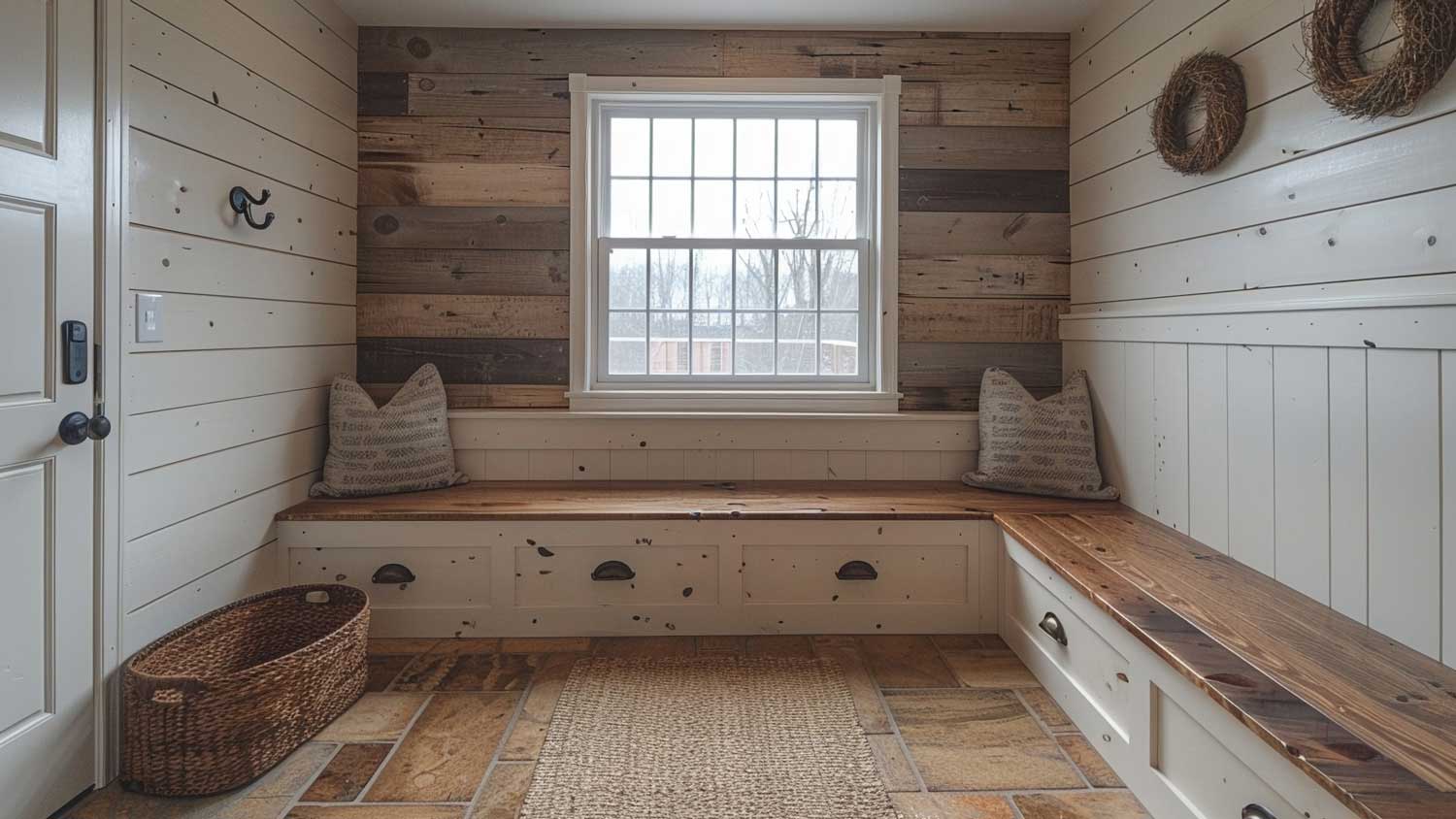
There are two main types of barnwood. Reclaimed wood planks are the most authentic option, but they’re costly and harder to source. Engineered wood, which mimics natural wood planks, is the more practical option. It’s wallet-friendly, durable, and comes in a wide range of choices.
Barnwood is known for its rustic aesthetic, which lends itself to a modern farmhouse or cottage. Keep in mind that you’ll need to purchase natural barnwood from a reputable dealer to ensure the lumber wasn’t treated with harmful chemicals in the past.
| Pros | Cons |
|---|---|
| Rustic look | High cost for natural varieties |
| High durability | Vulnerable to moisture damage |
| Reclaimed varieties can be eco-friendly | Susceptible to pests |
Best for:
Homes with a rustic design aesthetic
Homeowners who prefer eco-friendly materials
Accent walls, backsplashes, and fireplace mantles
3. Shiplap
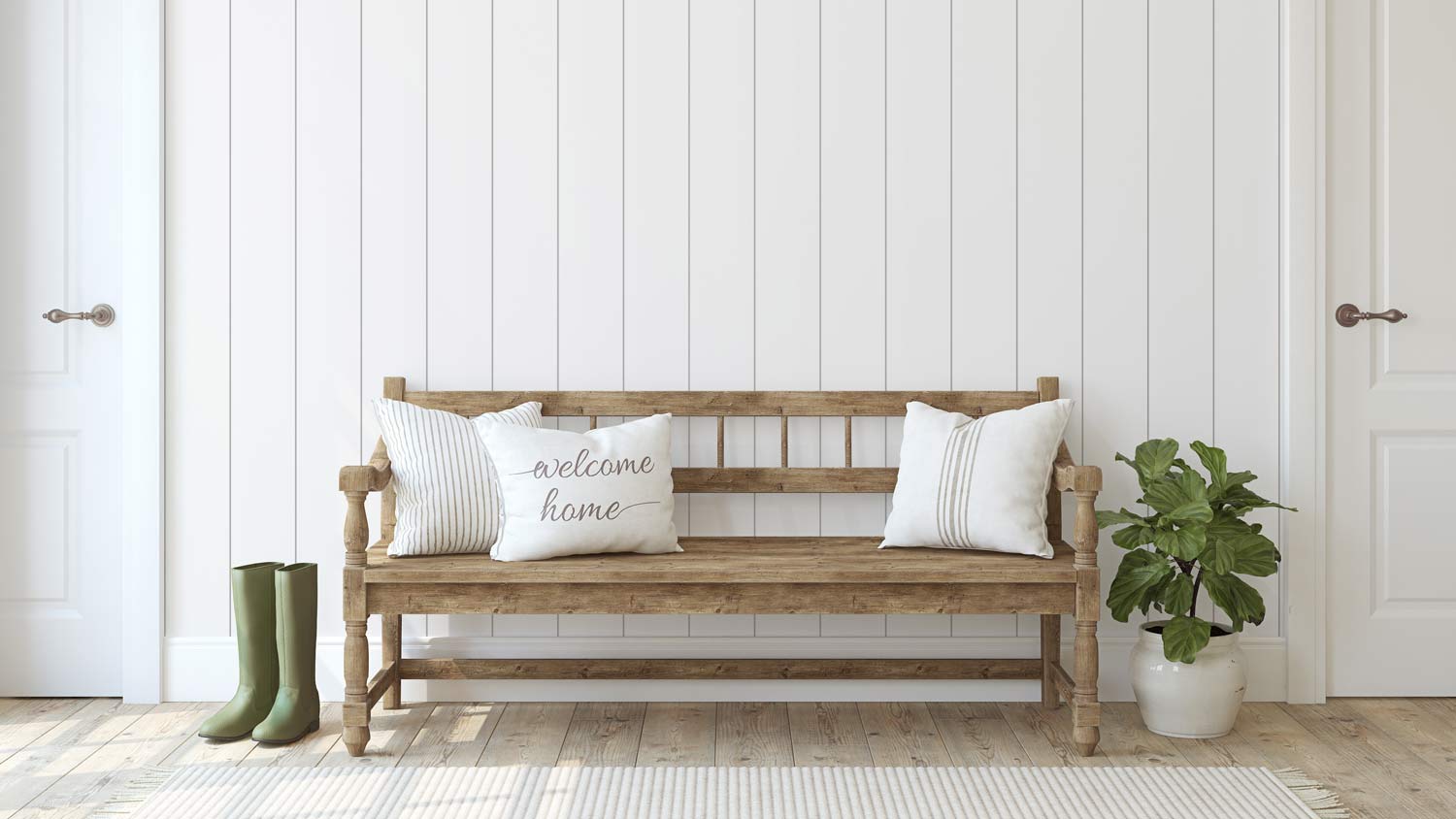
There was a time in the 2010s when shiplap was inescapable. Chalk it up to the popularity of home renovation TV shows. Though it’s no longer as trendy, it’s still a popular option that can add serious character to your home (think: coastal New England or farmhouse vibes).
Shiplap gets its name from its history. The planks originated in ships before becoming popular for barns and exterior siding. The rabbit joints on the planks allow for an easy and budget-friendly installation. On average, shiplap costs slightly more than drywall, but the trade-off is style. It won’t suit every design aesthetic, but when it works, it really works.
| Pros | Cons |
|---|---|
| Trendy look adds character to a home | Doesn’t suit every design style |
| Works on walls, ceilings, and backsplashes | Gaps collect dust and can be hard to clean |
| Cost-effective and easy to install | Prone to warping or rotting |
Best for:
Coastal or nautical design styles
Modern farmhouses
Walls, ceilings, and backsplashes
4. Plywood or OSB Panels
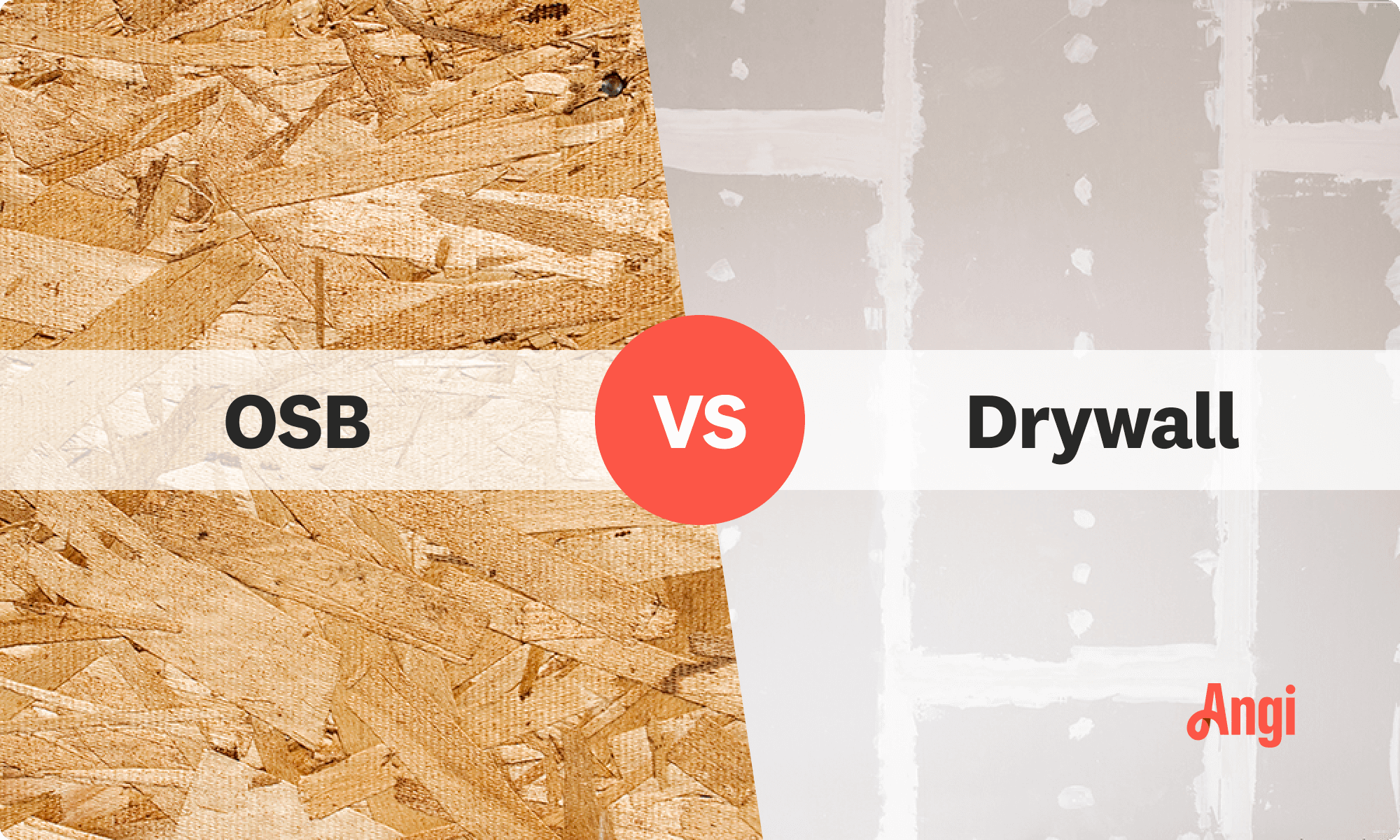
Plywood remains a common building material for a reason. This versatile material is stronger than drywall, easily painted, and easy to install.
Though you get a similar look to natural wood, plywood and OSB walls manage to avoid some of the pitfalls of the real thing. They have a much higher moisture tolerance and aren’t as prone to warping and cracking. They’re also less expensive, though drywall is still the most affordable option.
The best way to use plywood or OSB is to marry style and utility. Certain varieties mimic wood planks, shiplap, or classic wood paneling at a fraction of the price.
| Pros | Cons |
|---|---|
| Highly durable | Not fire-resistant |
| Versatile | Costs more than drywall |
| Cost-effective natural wood alternative | Can still sustain water damage |
Best for:
Sheds, garages, and workspaces
Homeowners who want budget-friendly wall paneling
5. Stone Veneer
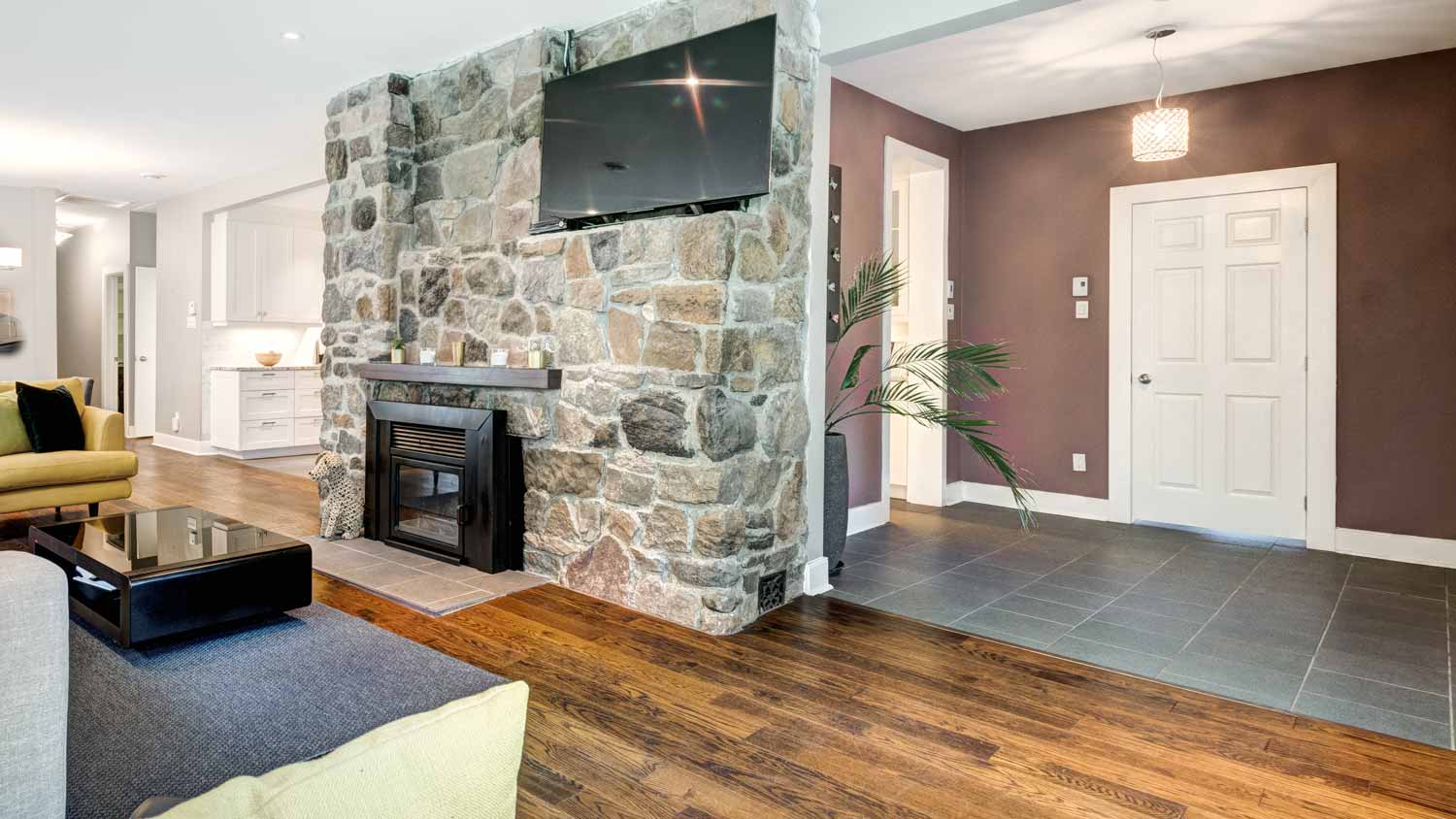
If you like the look of natural stone but aren’t in the market for a high-end remodel, try a manufactured stone veneer. This drywall alternative is made from cement and natural aggregates or foam and imitates natural stone at a fraction of the weight and cost. Though it’s easier to install, it’s nowhere near as durable as the real thing. Nonetheless, it’s still an excellent option for a rustic look around a fireplace or a cottage backsplash.
| Pros | Cons |
|---|---|
| Rustic look | Requires sealing in moisture-prone areas |
| Wallet-friendly | Low-end varieties look less realistic |
| Easy to install | Not as high quality as natural stone |
Best for:
Fireplaces and backsplashes
Rustic accent walls
Cottages or log cabins
6. Board and Batten
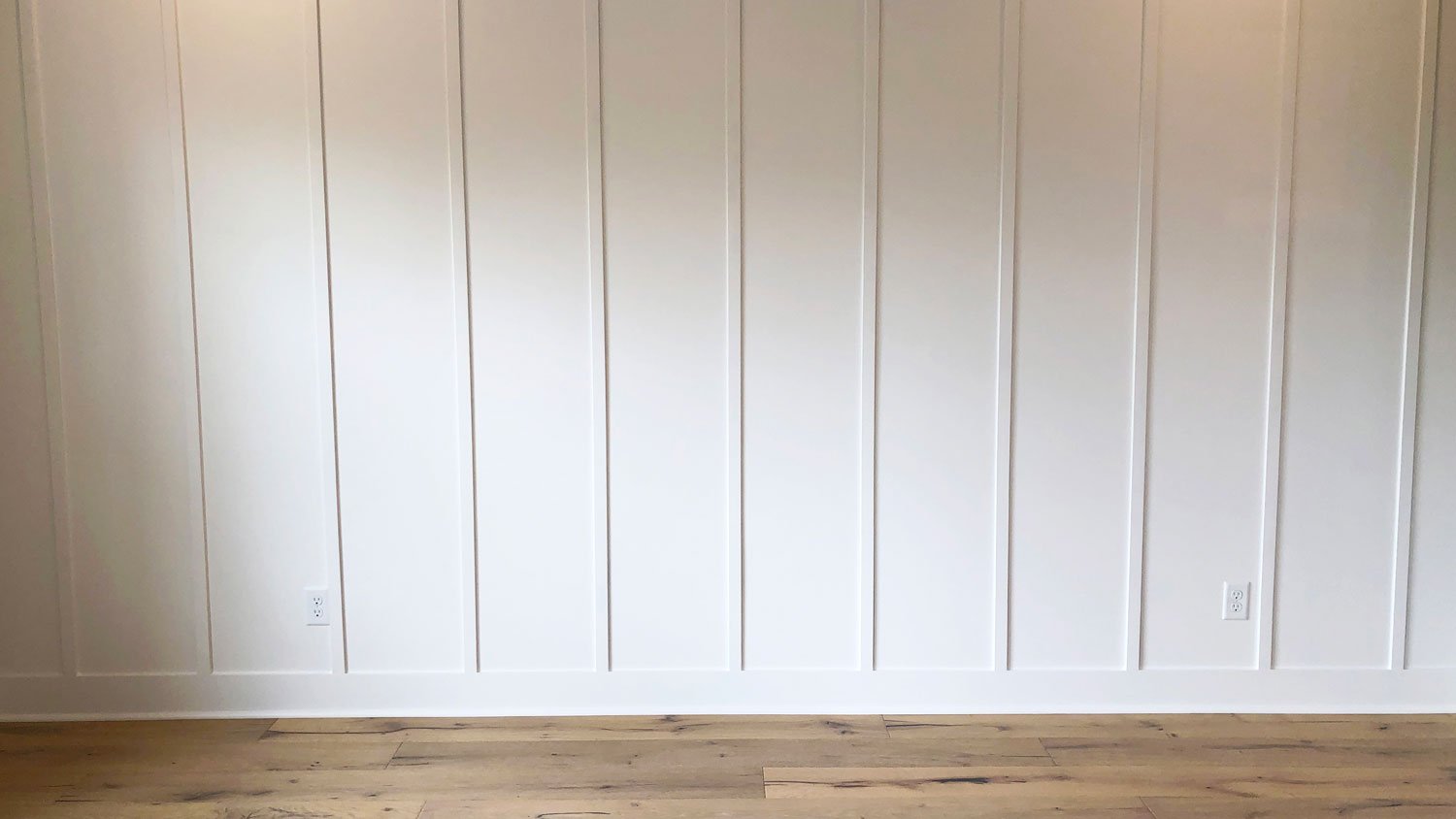
Board and batten consist of panels (or boards) topped with thin pieces of wood molding (battens) that give it a unique look and add texture to a space. Originally, this material was used as barn siding, but it’s become one of the trendiest options for homeowners channeling a modern farmhouse style. It has almost surpassed the popularity of shiplap and works equally as well in historic homes.
Board and batten is made from all sorts of materials, but engineered wood and natural wood are the most popular. It’s sold ready-to-install, which simplifies the installation process. You can even place it over existing drywall to conceal imperfections.
| Pros | Cons |
|---|---|
| Unique look adds character to a room | Doesn’t suit all design styles |
| Highly durable | Susceptible to moisture damage |
| Comes in various materials | Not fire-resistant |
Best for:
Victorian, Tudor, Colonial, and Cape Cod homes
Modern farmhouses
Entryways, hallways, and kitchens
7. Natural Wood Planks
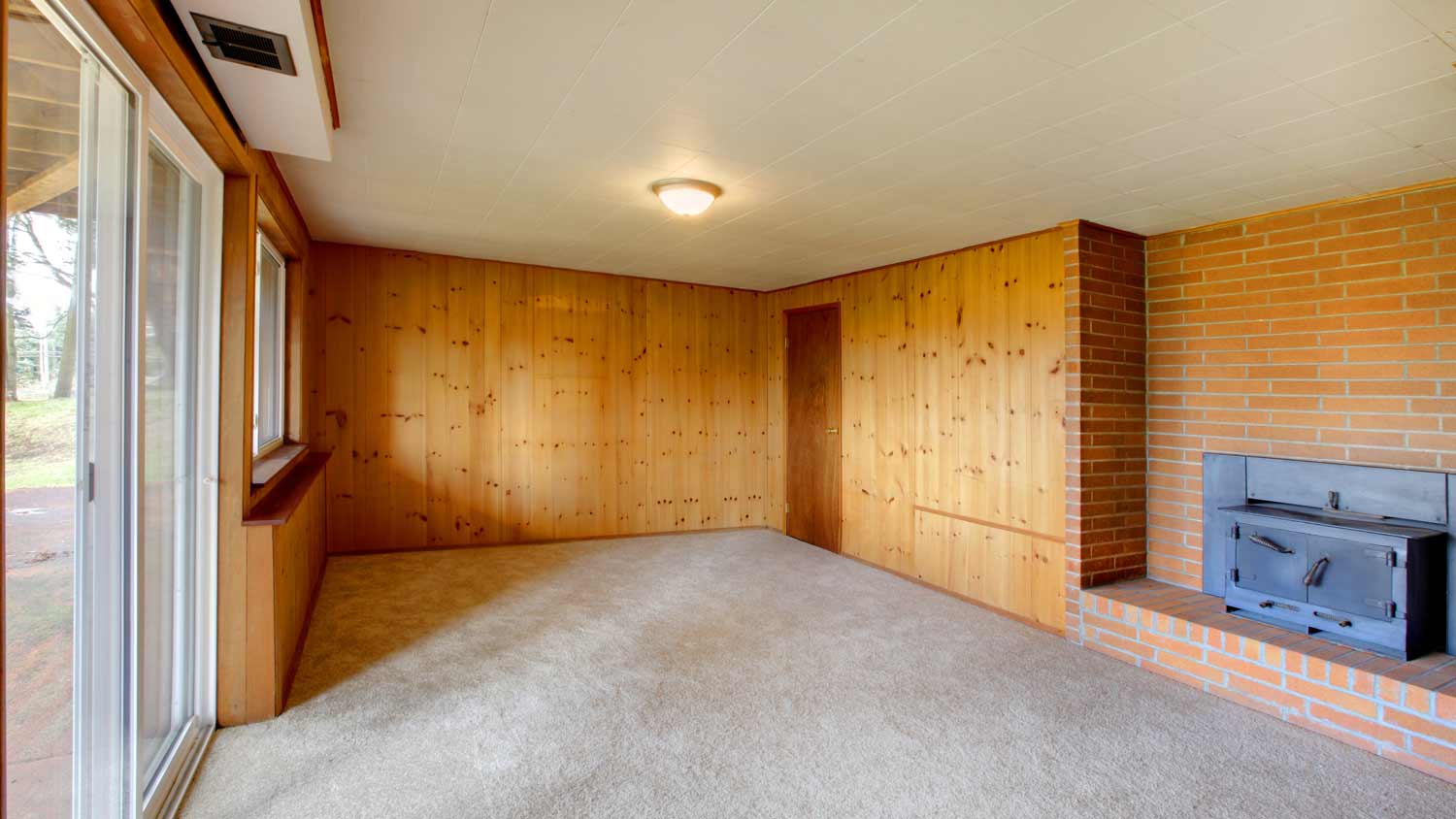
Sometimes, there’s nothing better than the real thing. Natural wood planks are on the rise as homeowners embrace 1970s wood paneling and mid-century modern design. Though it’s considerably more costly than drywall, wood paneling is a great way to conceal flaws in your existing walls. It provides excellent thermal and acoustic insulation and is easy to maintain.
Overall, natural wood planks can warm the look of a home, but they can also darken it. You’ll need to choose your paneling wisely to not overpower your space or make it look dated. Natural wood is also susceptible to moisture damage and isn’t fire-resistant, so keep that in mind.
| Pros | Cons |
|---|---|
| Retro look | Prone to warping, cracking, and moisture damage |
| Conceals flaws | Not fire-resistant |
| Can be eco-friendly | Costs more than other wall coverings |
Best for:
Mid-century modern design
‘70s style homes
Living rooms
8. Beadboard
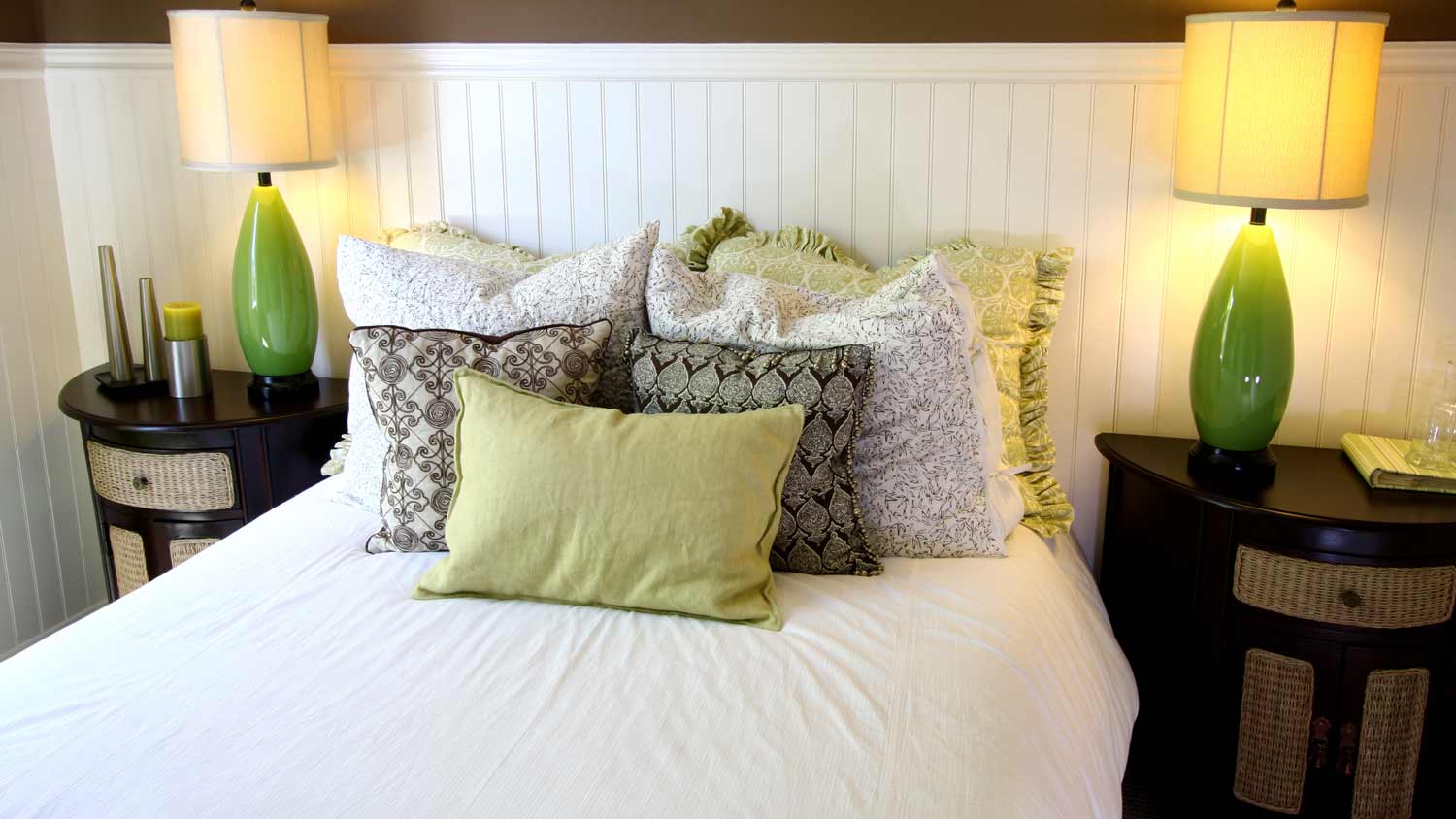
Beadboard is known for its vertical lines. This type of wall paneling consists of vertical boards separated by grooves. Like board and batten, beadboard comes in different materials. The most popular are engineered wood and natural wood.
Though most homeowners use beadboard over existing drywall, the drywall isn’t always necessary if you choose a thicker wood, which you can attach right to the studs.
| Pros | Cons |
|---|---|
| Charming, classic look | Not fire-resistant |
| Conceals flaws in existing walls | Not water-resistant |
| Can cover all or a portion of a wall | Doesn’t suit all design styles |
Best for:
Accent walls in any room
Hallways
Victorian and Craftsman homes
9. Cork
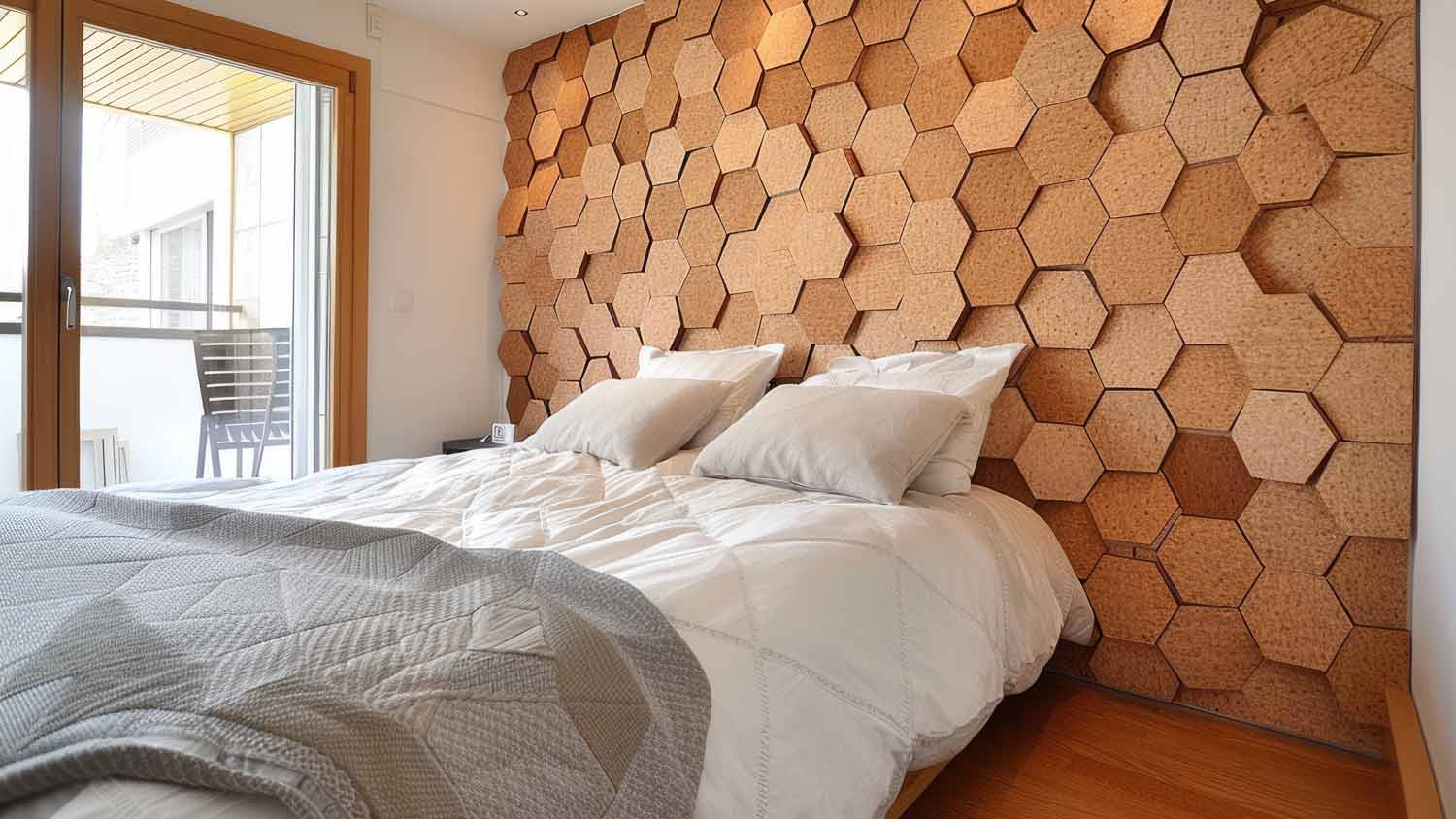
Cork is an underrated wall material. Though it isn’t durable enough to hold a load-bearing wall or heavy objects like shelving, it’s a unique option for an accent wall. It can transform your space into a full-sized corkboard, where you can hang photos and notes.
Cork is considered an eco-friendly material. It’s also moisture-resistant and fire-resistant. Most cork comes with a plywood backing in the form of tiles or rolls. The plywood helps increase the durability, though you may want to install it over drywall, depending on the thickness.
| Pros | Cons |
|---|---|
| Unique look | Only suitable for accent walls |
| Great thermal and sound insulation | Low durability |
| Eco-friendly | Cannot hold heavy objects |
Best for:
Home offices
Bedrooms or playrooms
Accent walls
10. Exposed Brick

Finding a home with exposed brick is like hitting the jackpot for some homeowners. This classic building material can add an industrial vibe to an otherwise standard space. Though most modern homes in the United States don’t have brick lurking behind their existing walls, you can attach a brick veneer to an existing structural wall for a similar look.
While brick walls are naturally fire-resistant and undeniably cool, they can crumble or flake, requiring more maintenance than drywall. It can also be difficult to hang photos or shelving on exposed brick without damaging the wall.
| Pros | Cons |
|---|---|
| Striking industrial look | High maintenance |
| Adds character to a home | Can crack or flake |
| Naturally fire-resistant | Requires sealant |
Best for:
Accent walls
Industrial design style
Lofts and apartments
11. Veneer Plaster

Veneer plaster is almost like a hybrid between drywall and traditional plaster walls. This type of wall consists of a thin layer of plaster applied over a substrate and does not have a joint like drywall. The end result is a smooth look that’s perfect for painting.
Veneer plaster is harder than drywall, which makes it more durable. On the other hand, drywall installation costs less and takes less time.
| Pros | Cons |
|---|---|
| More durable than drywall | Longer installation |
| Smoother than drywall | Difficult to repair |
| Mold-resistant | Higher cost |
Best for:
All types of ceilings
Interior walls
Over masonry walls
12. Cement Board
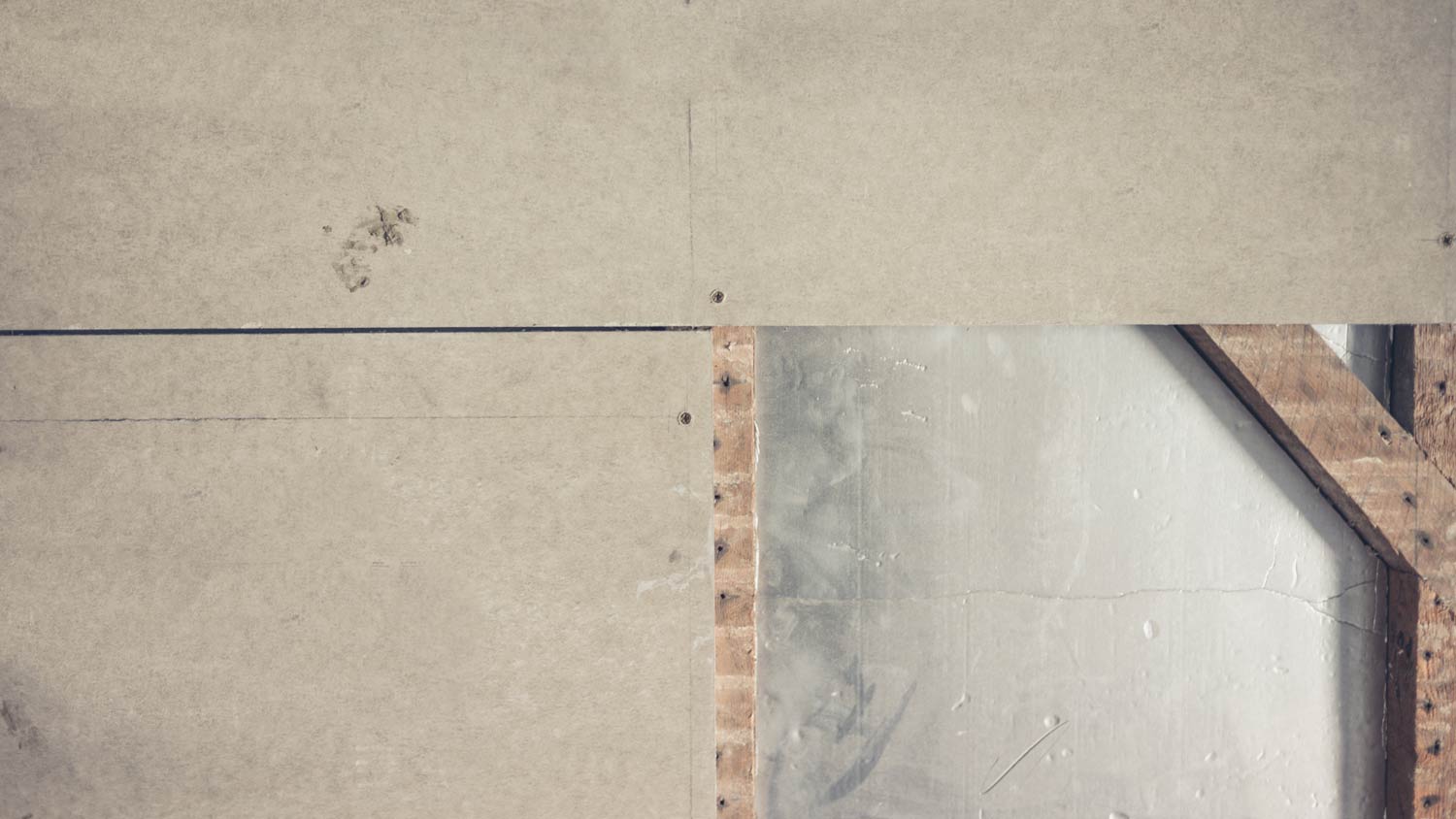
Cement boards are sheets made from cement and reinforcing fibers. They’re relatively easy to install, and their popularity has to do with their utility. They’re a first line of defense against mold, mildew, and rot, but they’re used as a substrate. That means you’ll want to put a material on top—like some wood paneling or plaster.
If left raw unfinished, cement board has an industrial look that may work well for a garage or workshop. You can also paint it, as long as you use the right type of paint.
Since cement boards are heavy, this is not a viable DIY project. You’ll want to hire a pro who installs drywall and other wall materials to tackle the installation.
| Pros | Cons |
|---|---|
| Mold-resistant | Slightly more difficult to paint |
| Low-mess installation | Requires professional installation |
| Works well as a substrate for other materials | Unfinished look if not used as a substrate |
Best for:
Substrate beneath materials
Industrial design style
Workshops, garages, and basements


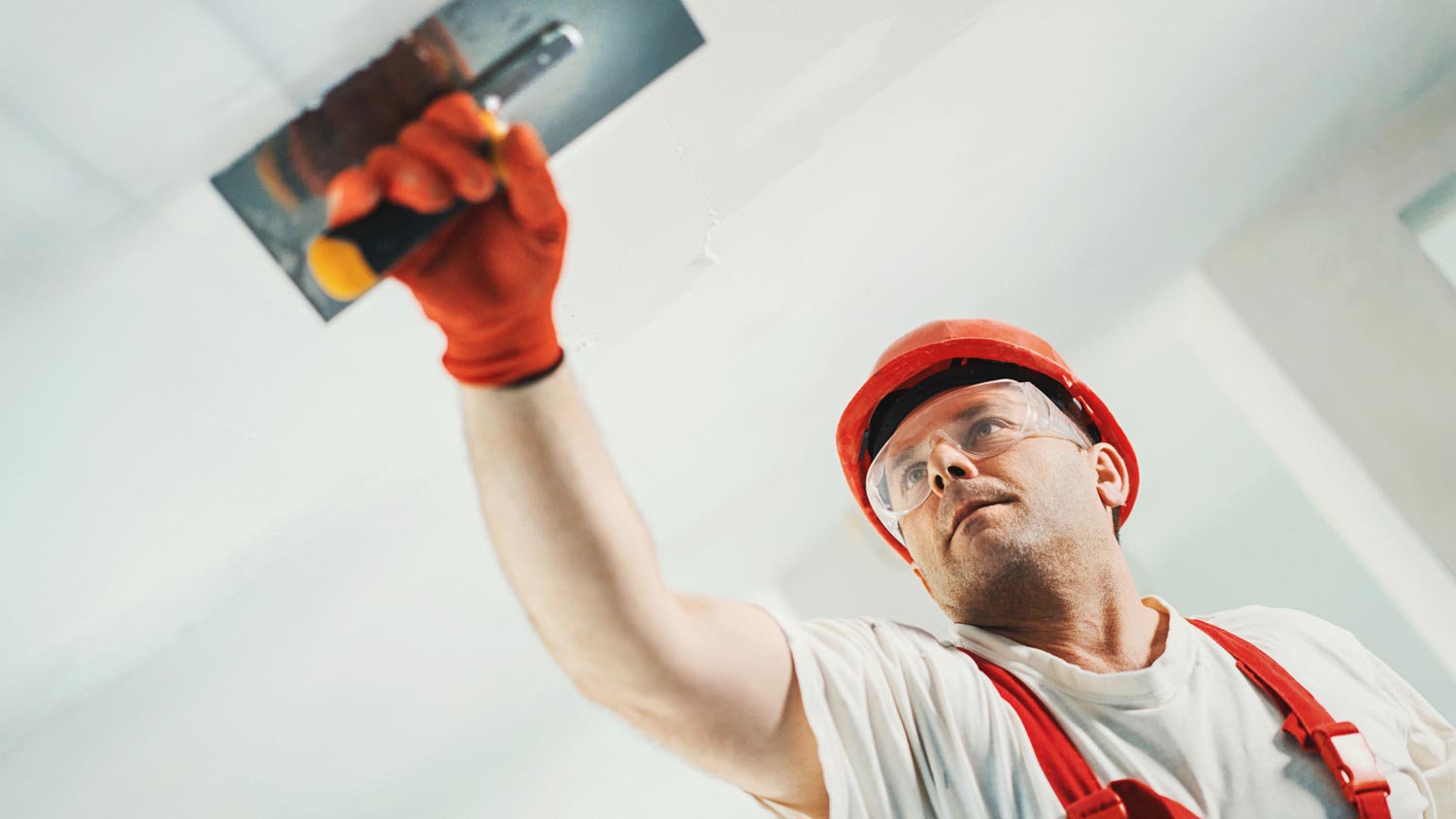


- 11 Drywall Alternatives for Your Basement
- What Is Drywall Made Of?
- 5 Types of Drywall and the Use Cases for Each One
- Everything You Need to Know About Drywall Thickness and Size Options
- 5 Drywall Alternatives for Your Garage Walls
- How to Repair Water-Damaged Drywall
- PVC Wall Panels vs. Drywall: Which Is Better?
- 8 of the Most Common Drywall Problems and How to Solve Them
- How to Dispose of Drywall When You’re Done With a DIY
- Who Installs Drywall? Get the Right Pro for the Job










